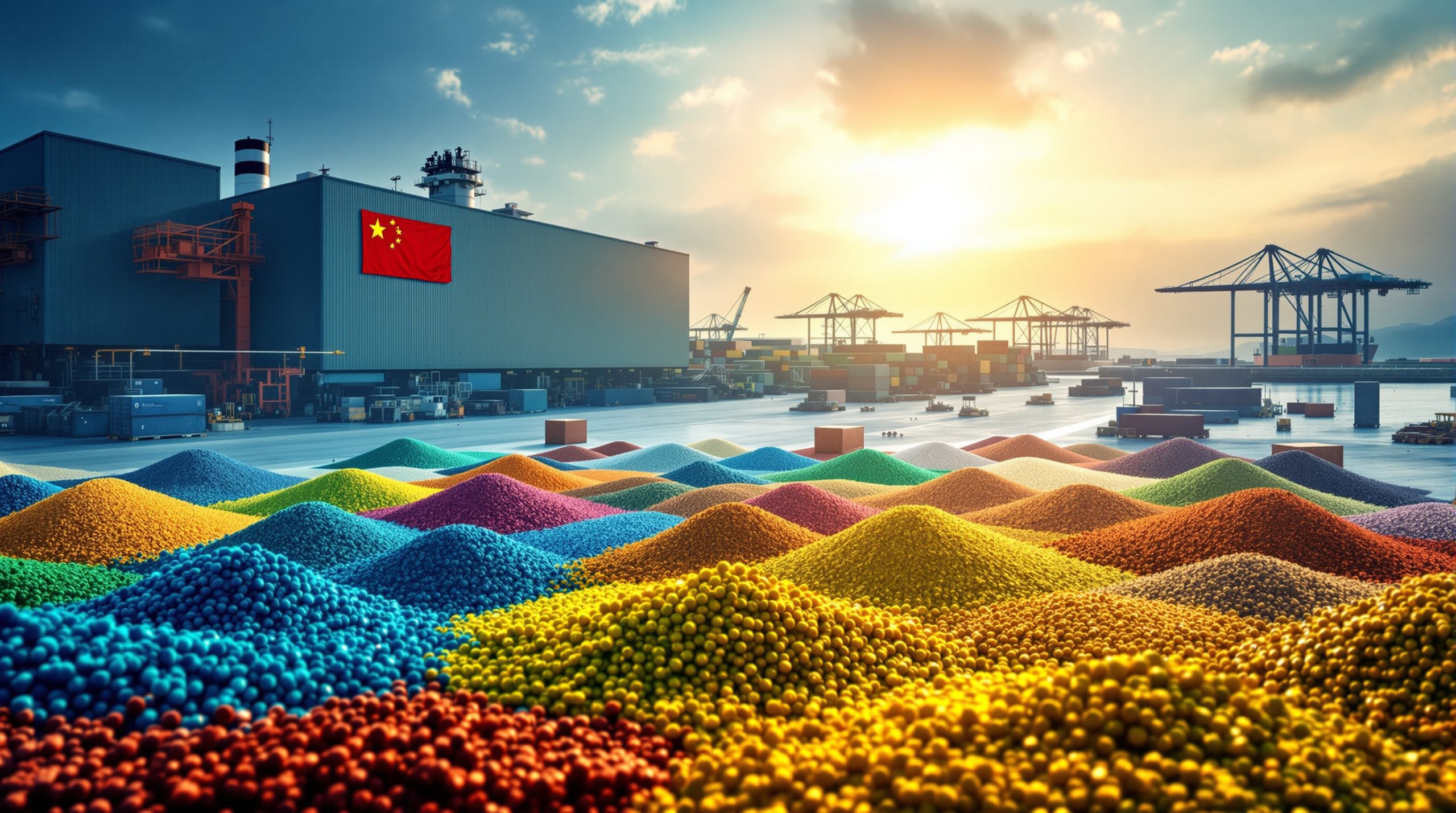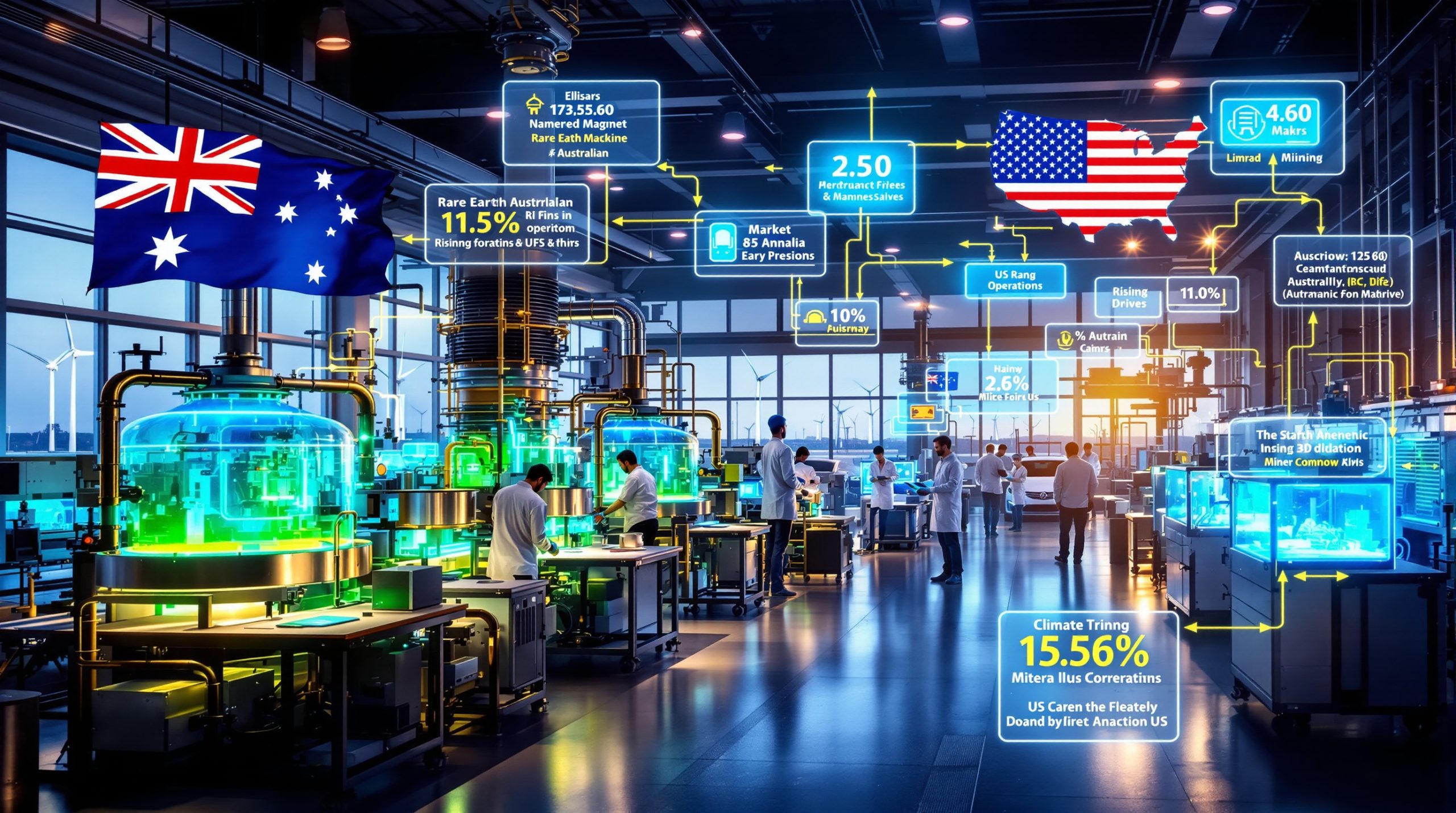Why Is Congo Using Export Controls to Reshape the Cobalt Market?
The Democratic Republic of Congo (DRC) has taken decisive action to stabilize the global cobalt market through strategic export restrictions, wielding its considerable influence as the source of approximately 75% of global cobalt supply. Since implementing an export ban in early 2025, benchmark cobalt prices have surged nearly 60%, transforming market dynamics and creating new opportunities for domestic processing.
The Strategic Importance of Congo's Cobalt Export Ban
When Congo's government implemented its initial four-month ban on cobalt exports in February 2025, prices had plummeted to unsustainable levels below $10 per pound. The impact was immediate and significant—benchmark cobalt prices have since risen almost 60% according to Fastmarkets data, while cobalt hydroxide prices have more than doubled.
"The market conditions before the ban were completely untenable for developing a domestic processing industry," noted Guy-Robert Lukama, Chairman of Gecamines, Congo's state mining company. "No one can invest in a refinery in the country because the price was not sustainable."
The timeline of Congo's export controls reveals a methodical approach:
- February 2025: Initial four-month export ban implemented
- June 2025: Ban extended for an additional three months
- July 2025: Government officials discussing potential long-term strategies, including export quotas
This calculated intervention has dramatically reshaped supply chains. China's imports of cobalt intermediates dropped over 60% in June compared to May 2025, while CMOC Group Ltd.—the world's largest cobalt producer—declared force majeure on hydroxide deliveries in June 2025.
How Does Price Stabilization Support Congo's Processing Ambitions?
Congo's cobalt strategy extends far beyond short-term price manipulation. The government's larger vision centers on transforming the country from a mere exporter of raw materials into a processor that captures more value from its vast mineral wealth.
The Processing Gap in Congo's Cobalt Industry
Despite controlling three-quarters of global cobalt production, Congo has historically exported approximately 90% of its cobalt as hydroxide—an intermediate product requiring further refinement. This arrangement has left the country missing out on significant value addition, with Chinese refineries capturing much of the profit margin.
"A period of totally insane supply growth created market imbalance," explained Lukama. With more than 12 months of inventory being held outside the country before the ban, prices had collapsed to levels that made domestic investment impossible.
Finding the Optimal Price Range for Investment
Congo's leadership has expressed clear price objectives that balance several competing interests:
- Too low: Prices below $10 per pound make domestic processing investments unfeasible
- Too high: Congo doesn't want a return to peaks above $40 per pound (seen in 2018 and 2022)
- Ideal range: A "Goldilocks zone" that attracts refining investment without triggering substitution
"We are very pragmatic on what we're looking for," Lukama stated, emphasizing that Congo aims to "stabilize the price" without pushing it to levels that would accelerate substitution by battery manufacturers.
The strategy recognizes a crucial market dynamic: while higher prices support domestic processing ambitions, excessive increases could permanently damage demand by accelerating the shift toward cobalt-free battery technologies. Some industry experts believe that the critical minerals strategy employed by Congo will influence other resource-rich nations looking to maximize economic value from their natural resources.
What Market Effects Has Congo's Export Ban Created?
The cobalt export restrictions have sent ripples throughout global supply chains, creating both challenges and opportunities for various market participants.
Immediate Supply Chain Disruptions
Congo's export ban has forced a significant realignment of global cobalt flows:
- Miners continue to export copper while stockpiling cobalt (the metals are typically mined together)
- Processing facilities like those at Tenke Fungurume mine have become increasingly strategic assets
- Chinese refineries face input shortages as hydroxide shipments dwindle
This disruption has affected downstream industries from battery manufacturing to electronics, with price increases potentially filtering through to consumer products. Furthermore, the recent Cobalt Blue expansion project in Australia has gained additional significance as manufacturers seek alternative supply sources.
Key Industry Players Affected
The impact varies dramatically across the major producers operating in Congo:
| Company | Market Position | Ownership | Response to Ban |
|---|---|---|---|
| CMOC Group | Largest producer (40%+ of global supply in 2024) | Chinese | Declared force majeure on hydroxide deliveries |
| Glencore Plc | Second largest producer | Western | Stockpiling cobalt while continuing copper exports |
| Eurasian Resources Group | Third largest producer | Kazakhstan-backed | Adjusting production schedules |
| Gecamines | State mining company | Congolese government | Supporting government policy as minority partner |
These major players must navigate a complex environment where political considerations increasingly influence operational decisions. As one mining executive noted under condition of anonymity, "This isn't just about price—it's about restructuring an entire global supply chain."
What Future Strategies Is Congo Considering for Cobalt Exports?
As the initial export ban approaches its extended deadline, Congo's government is evaluating longer-term mechanisms to maintain market stability while encouraging domestic processing.
Potential Long-Term Export Policies
Lukama has indicated that quotas "could make sense" once the current ban is lifted. This approach would allow some exports to resume while maintaining price support and ensuring domestic processors have access to raw materials.
Officials describe being "very pragmatic" about their objectives, suggesting a flexible approach that responds to market conditions rather than rigid ideological positions. The government appears likely to adjust policies based on price responses and industry developments.
Geopolitical Dimensions of Congo's Cobalt Strategy
Congo's cobalt policies have significant implications beyond pure economics. The country aims to ensure its strategic mineral is "available for everyone" rather than controlled by "one jurisdiction"—a clear reference to reducing Chinese dominance.
The DRC is actively working toward a strategic partnership with the United States, aligning with American efforts to secure critical mineral supply chains independent of China. This geopolitical balancing act could reshape investment flows and processing capacity development over the coming years. The recent US mineral production order demonstrates how seriously developed nations are taking the issue of critical mineral access.
What Risks Does Congo's Cobalt Strategy Face?
Despite its apparent early success in raising prices, Congo's export strategy faces several significant challenges that could undermine its effectiveness.
Market Substitution Threats
The most serious long-term risk comes from technological substitution. Battery manufacturers—particularly in the electric vehicle sector—have been actively developing alternatives that use less cobalt or eliminate it entirely:
- LFP batteries (lithium iron phosphate) contain no cobalt and are gaining market share
- High-nickel cathodes reduce cobalt content substantially
- Solid-state technologies under development may eliminate traditional battery chemistries
Analysts warn that excessive price increases could accelerate these trends, potentially creating a permanent reduction in cobalt demand. The critical threshold appears to be around $30-35 per pound, above which substitution efforts intensify significantly.
Economic and Development Trade-offs
Congo also faces immediate economic challenges from its export restrictions:
- Short-term revenue losses for both mining companies and government royalties
- Capital requirements for domestic processing facilities exceed $500 million per major facility
- Technical expertise and infrastructure limitations present significant hurdles
These trade-offs mean the government must carefully calibrate its approach to avoid undermining the very development it hopes to encourage. According to a recent report by The Chemistry World, balancing economic development with environmental and social concerns remains a significant challenge.
How Might Congo's Strategy Reshape Global Cobalt Supply Chains?
Congo's actions could potentially transform how cobalt moves from mine to market, creating new winners and losers across the supply chain.
Potential Industry Restructuring
If successful, Congo's strategy could lead to:
- Significant new processing capacity within Congo's borders
- Diversification of cobalt refining beyond Chinese dominance
- New strategic partnerships with Western nations and companies
- Price premium for battery-grade cobalt refined in Congo
Such changes would represent a major shift from the current model where China refines approximately 70% of the world's cobalt. Companies and countries that secure access to Congolese processing capacity could gain significant competitive advantages in battery production and electric vehicle manufacturing.
Supply Security Implications
The implications for global supply security are profound:
- Critical for EV battery production and energy transition goals
- Essential to national security and industrial policies of major economies
- Potential for new supply models that balance producer and consumer interests
As one industry analyst observed, "The cobalt market is becoming a microcosm of larger resource nationalism trends. Countries with critical minerals are increasingly looking to capture more value locally rather than simply exporting raw materials." This trend aligns with broader mineral beneficiation insights emerging across resource-rich nations seeking to maximize economic returns.
The ongoing transformation in Congo and other mineral-rich countries is part of a larger mining industry evolution that is reshaping how critical resources are extracted, processed, and traded globally.
FAQ: Congo's Cobalt Export Strategy
What is cobalt hydroxide and why is it important?
Cobalt hydroxide is a semi-processed form of cobalt containing approximately 30% cobalt metal. It requires further refining to produce battery-grade materials such as cobalt sulfate or cobalt oxide. Congo primarily exports this intermediate product rather than fully refined cobalt, meaning most value-added processing occurs outside the country, primarily in China.
How has the export ban affected global cobalt prices?
Benchmark cobalt prices have risen nearly 60% since the ban implementation, while cobalt hydroxide prices have more than doubled according to Fastmarkets data. This price surge reflects the market's recognition of Congo's dominant position as supplier of approximately 75% of global cobalt.
Could Congo's export restrictions lead to permanent changes in battery chemistry?
If cobalt prices remain elevated for extended periods, battery manufacturers may accelerate their shift toward reduced-cobalt or cobalt-free technologies. Tesla has already adopted LFP (lithium iron phosphate) batteries for many of its vehicles, eliminating cobalt entirely. Most major manufacturers are working on alternative chemistries to reduce dependency on this volatile supply chain.
What processing capabilities does Congo currently have for cobalt?
Congo has limited domestic refining capacity, with most of its cobalt hydroxide being processed in China. The export restrictions aim to create economic conditions that would support investment in local processing facilities. Several feasibility studies for in-country refining have been conducted, but few have progressed to implementation due to previously unsustainable prices.
Disclaimer: This article contains forward-looking statements and market analysis based on current information. Market conditions may change, and readers should conduct their own research before making investment or business decisions based on this information.
Ready to Stay Ahead of Major Mineral Discoveries?
Discover how real-time alerts on significant ASX mineral discoveries could transform your investment strategy by visiting Discovery Alert's dedicated discoveries page, where their proprietary Discovery IQ model turns complex mineral data into actionable insights before the broader market reacts.




